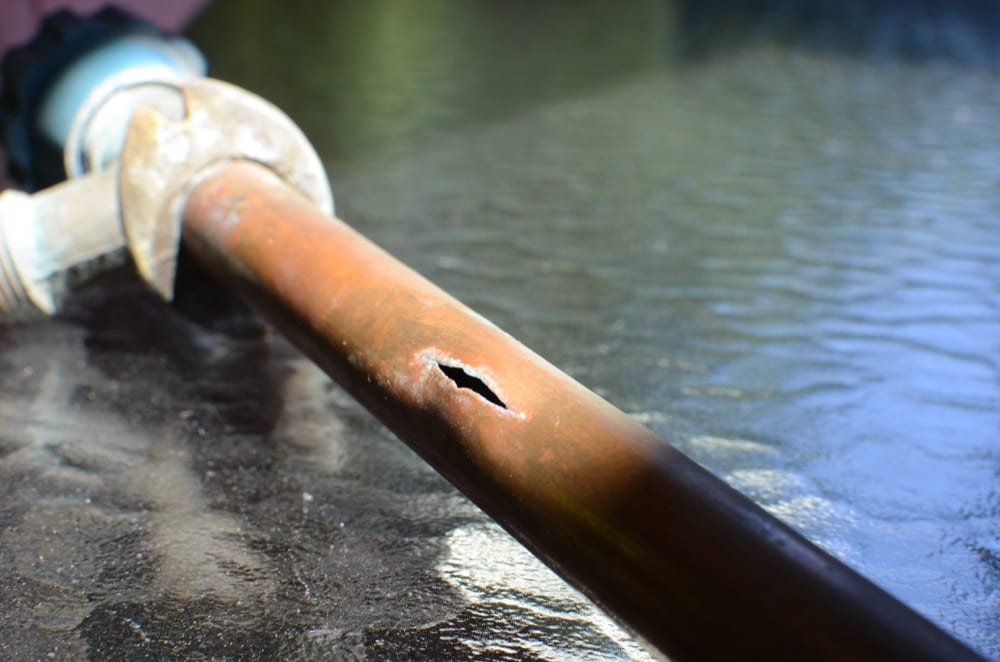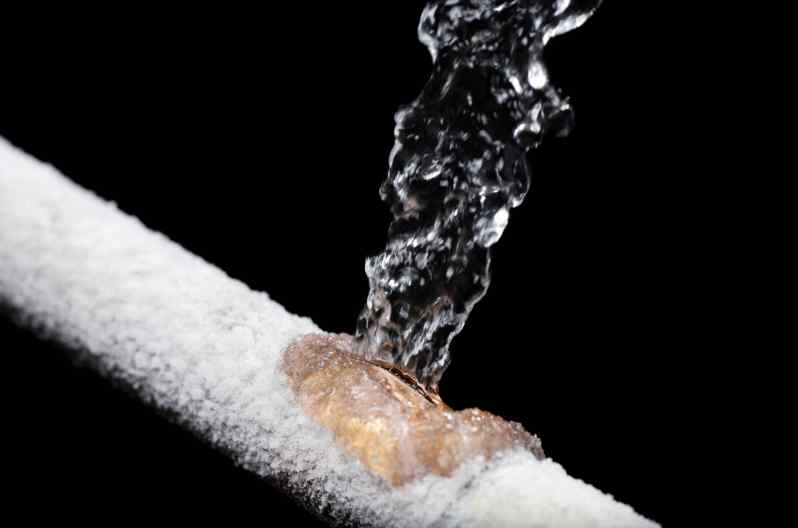Stop the Flood: Techniques for Detecting and also Taking Care Of Burst Pipes
Estimate FreeEverybody is bound to have their own unique opinion involving How to Prepare for Your Dishwasher Installation.

A burst pipeline is a significant emergency; you can only stand as you view water you pay dearly to rejoin with the earth. In even worse situations, you notice a swimming pool on your kitchen flooring, which is a great trip hazard, specifically if you have kids around. If the pipe that ruptured was in your wall surfaces, bad news: you might need to paint that entire section.
Exactly how can a disaster like a ruptured pipe be stopped and taken care of? Well, by listening to your specialist emergency plumbing technicians and adhering to these guidelines.
Exactly how do I know when my pipes have ruptured?
Fluctuating water stress
Pipes do not just burst in a day. You might have noticed that your kitchen area faucet or shower doesn't run quickly when you turn the tap. It might stop briefly for a couple of seconds and then blast you with more pressure than usual.
In other instances, the water might appear normal initially, after that decrease in pressure after a few secs.
Infected water
Many people presume a ruptured pipe is a one-way outlet. Rather the contrary. As water spurts of the hole or gouge in your plumbing system, pollutants locate their way in.
Your water may be polluted from the resource, so if you can, check if your water tank has any type of issues. Nonetheless, if your alcohol consumption water is supplied as well as cleansed by the local government, you should call your plumber right away if you see or scent anything amusing in your water.
Puddles under pipelines and sinks
When a pipe bursts, the outflow forms a puddle. It may appear that the puddle is growing in size, and despite the amount of times you wipe the pool, in a few minutes, there's an additional one waiting to be cleansed. Commonly, you might not be able to trace the pool to any kind of noticeable pipelines. This is an indication to call an expert plumber.
Wet walls and also water discolorations
Before a pipe ruptureds, it will certainly leak, most times. If this relentless leaking goes undetected, the leakage may graduate right into a broad gash in your pipeline. One simple means to prevent this emergency is to look out for damp walls advertisement water spots. These water stains will certainly lead you right to the leak.
Untraceable trickling noises
Pipeline bursts can happen in one of the most undesirable places, like within concrete, inside wall surfaces, or under sinks. When your home goes quiet, you may have the ability to hear an aggravatingly persistent trickling noise. Also after you've checked your shower head as well as kitchen faucet, the dripping might continue.
Precious reader, the trickling may be originating from a pipe inside your wall surfaces. There isn't much you can do about that, other than tell a specialist plumber.
Turn up the Warmth
Establish fans to blow warmth into chilly areas. Keep the garage door shut. If you have minimized water flow, warm one of the most at risk pipes (generally in basements and also crawl spaces or near exterior wall surfaces) with a hair clothes dryer. Leave the faucet on while you use heat. As you melt ice, the circulation will certainly enhance. To stop pipes from cold, protect your walls.
Start Removing the Water
Order the mop, containers and also a store vacuum cleaner to begin to remove the water due to the fact that you definitely do not desire it saturating right into everything else in the house. Plus, a quick clean up will certainly lower the opportunities of something obtaining musty.
What do I do when I spot a burst pipe?
Your water meter will continue to run even while your water wastes. To reduce your losses, discover the primary controls as well as transform the supply off. The water pipe are an above-ground framework beside your property.
How to Fix & Detect a Leaking Pipe
How Do I Know if a Pipe is Leaking?
Leak detection tests can help you determine if your pipe has a leak. Even if you don’t see an apparent leak, you should still conduct leak detection tests regularly to save water and money—and prevent major damage to your home.
Water meter. It can be helpful to figure out what your usual water meter usage numbers are and then monitor them regularly. To monitor your meter, first, turn off all water faucets in your home. Check the meter and write down the numbers. In a few hours, check the meter again. If the numbers have changed, you have a leak. Water gauge. Use a water gauge to test your water pressure. Your showerhead should produce a certain amount of water pressure based on its model and design. If the pressure is lower than it is supposed to be for that specific showerhead, your home likely has a leak. Puddles. Look inside your bathroom, laundry, and kitchen sink cabinets. Puddles around the cabinets or around toilets, tubs, showers, and washing machines indicate the presence of a leaking pipe. You may also notice loose tiles, peeling or flaking paint, or mold caused by water accumulation. Napkin test. Even if you don’t see any puddles, you may still have a leak. You can test for water leaks in the bathroom, laundry, and kitchen by wiping below-sink connections with a napkin, paper towel, or piece of toilet paper. If it becomes damp, you probably have a leaking pipe under the sink. Discolored walls. Walls that are discolored—usually with brown or yellow stains—or bulging might mean that they have been impacted by water damage caused by a leaking pipe. Smell. A leaky pipe will create sitting water, and over time, that water may develop a musty smell. If your home smells musty, but you can’t locate the source, it may be due to a leak. Steps for Fixing a Leaking Pipe
A leaky drain can be remedied by tightening the pipe base, replacing the drain seal, caulking the rim, and tightening the pipe nut. Similarly, a leaking toilet pipe can be treated by tightening the packing nut. You may also need to replace the valve. A leaky faucet may just need tightening or replacement of the washers. If that doesn’t work, consider replacing your faucet. If your pipe has a hole in it, you may want to use a pipe leak sealer or pipe leak tape. This quick fix for water pipe leaks can also temporarily fix a copper pipe leak. https://www.ahs.com/home-matters/quick-tips/how-to-tell-if-pipes-are-leaking/

We were introduced to that editorial on How to Prepare for Your Dishwasher Installation from someone on another web page. Enjoyed reading our write up? Please share it. Help others check it out. I appreciate reading our article about How to Prepare for Your Dishwasher Installation.
Suggested Site